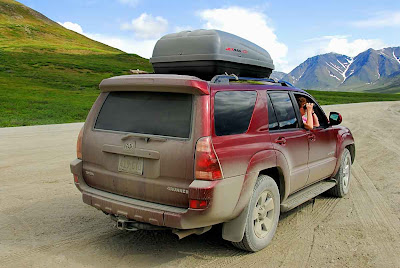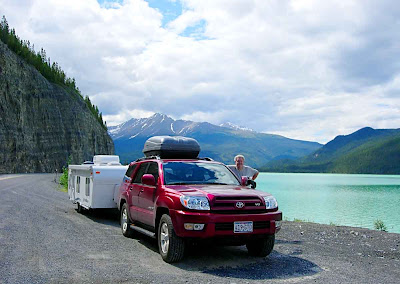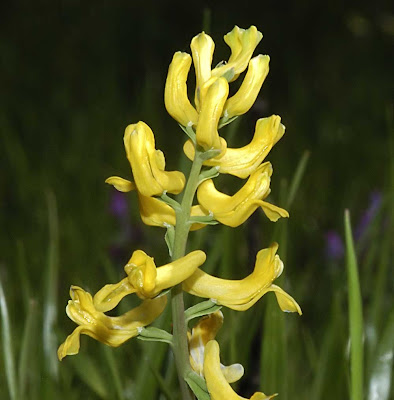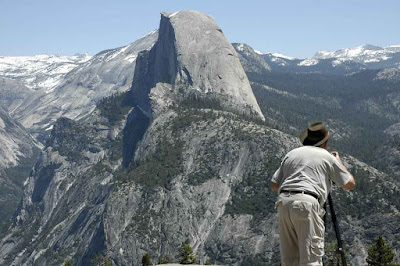Forgive the poor quality photograph.
It was taken with a Point-n-Shoot which has no depth of field adjustment.
She photographed this flower high in the mountains.
Luckily, Martha got this shot. I got no photo at all.
~ and over the horizon & beyond ~
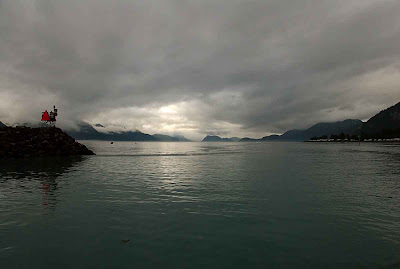
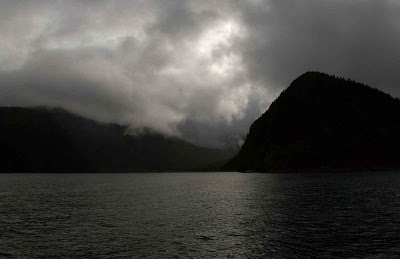 Did we put enough patches behind the ear?
Did we put enough patches behind the ear?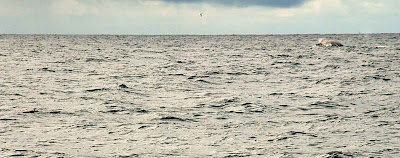 Everyone rushed from the cabin.
Everyone rushed from the cabin.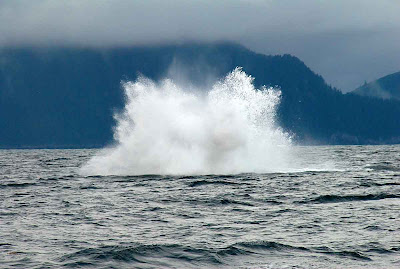 Most photos catch only the splash.
Most photos catch only the splash.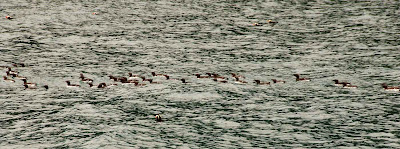 Notice the streaked flanks on the Murres (identifying characteristics).
Notice the streaked flanks on the Murres (identifying characteristics).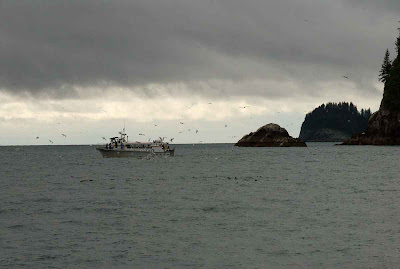 Filled with landlubbers looking for wildlife.
Filled with landlubbers looking for wildlife.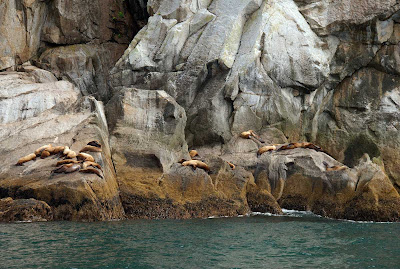 Notice how high they are out of the water. I was wondering about this and noticed the tide line on the rocks. I just now took out my Palm Smartphone with "Tide tools" on it. I checked the date and time of the photo and entered them into Tide tools and found that the tide back then in Resurrection Bay was 3.5 feet and dropping. It had been at 10.5 feet earlier. They must have climbed out of the water when it was 7' higher at the top of the brown tide line. Maybe my detective work is all "wet". Maybe they just jumped up there. ;0
Notice how high they are out of the water. I was wondering about this and noticed the tide line on the rocks. I just now took out my Palm Smartphone with "Tide tools" on it. I checked the date and time of the photo and entered them into Tide tools and found that the tide back then in Resurrection Bay was 3.5 feet and dropping. It had been at 10.5 feet earlier. They must have climbed out of the water when it was 7' higher at the top of the brown tide line. Maybe my detective work is all "wet". Maybe they just jumped up there. ;0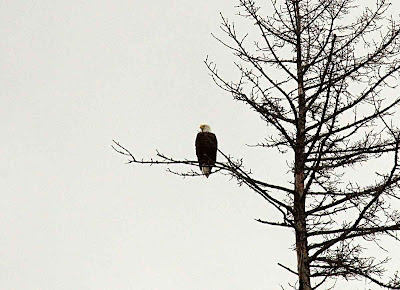 It's sure to make the boat tilt when all the passengers rush to that side.
It's sure to make the boat tilt when all the passengers rush to that side.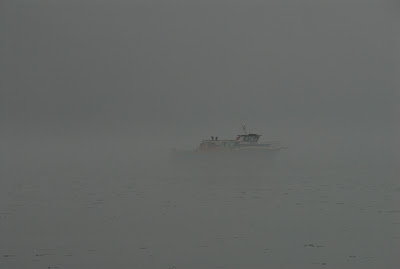 Pray for clearing
Pray for clearing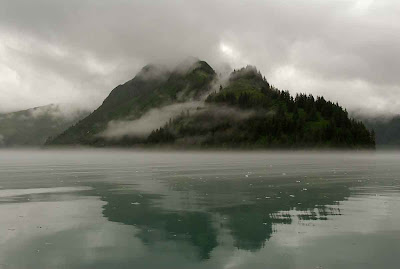 The Glacier sort of makes its own weather. Cold ice, cold water, warm air....Fog.
The Glacier sort of makes its own weather. Cold ice, cold water, warm air....Fog.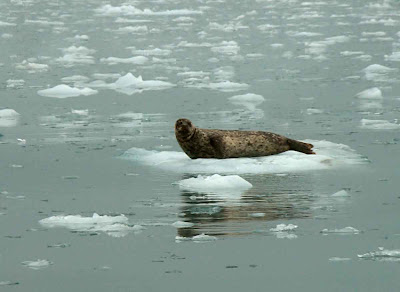 They like to climb out on the ice floes.
They like to climb out on the ice floes.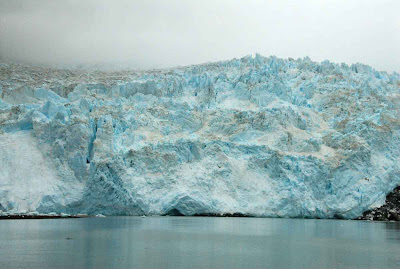
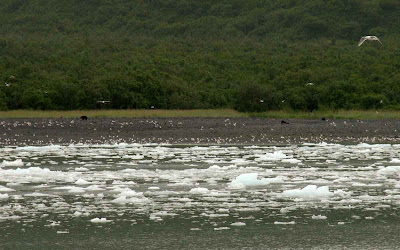 I guess there are bears at Bear Glacier.
I guess there are bears at Bear Glacier.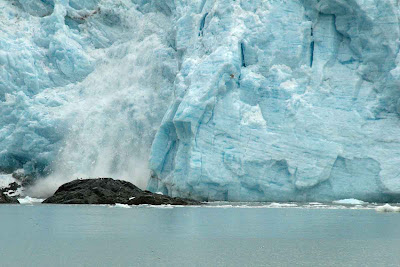 If you hear the crack of the ice and splash, it's too late to photograph the calving.
If you hear the crack of the ice and splash, it's too late to photograph the calving.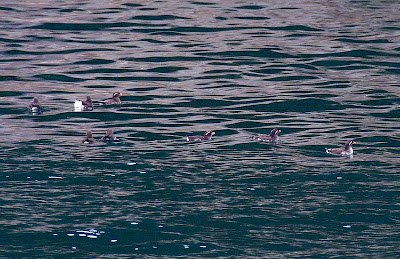 We got lucky and found some on the way back.
We got lucky and found some on the way back.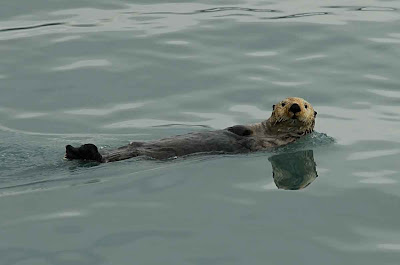
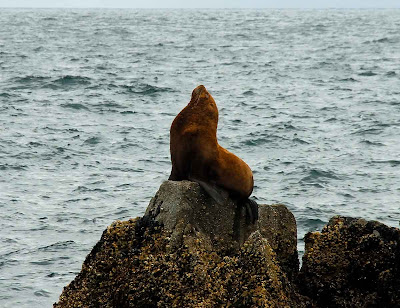
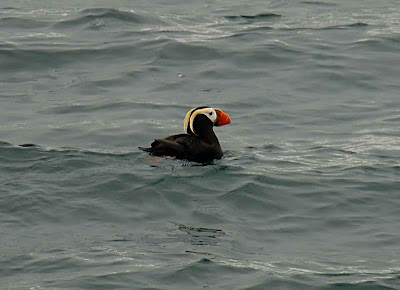
 What do you call a lot of jellyfish crowded together. The Captain said that he had been crusing these waters for a long time and had never seen them mass together in this bay like this. Enjoy.
What do you call a lot of jellyfish crowded together. The Captain said that he had been crusing these waters for a long time and had never seen them mass together in this bay like this. Enjoy.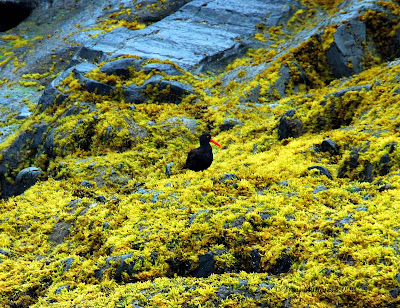
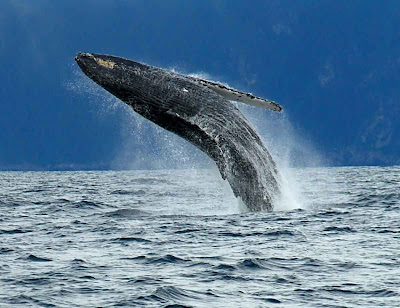
 This one bird is what we spent the whole day on the boat for. It was a life bird for us. Notice the white gape (smile) line. This is an identifying feature as well as the thick bill. We had not seen a lifer for a long time. Whoo-hoooo. We got a few more lifers when we got to the tundra on the North Slope and on the drive up there. But that's another story.
This one bird is what we spent the whole day on the boat for. It was a life bird for us. Notice the white gape (smile) line. This is an identifying feature as well as the thick bill. We had not seen a lifer for a long time. Whoo-hoooo. We got a few more lifers when we got to the tundra on the North Slope and on the drive up there. But that's another story.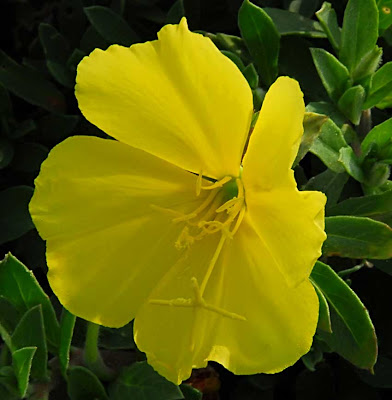


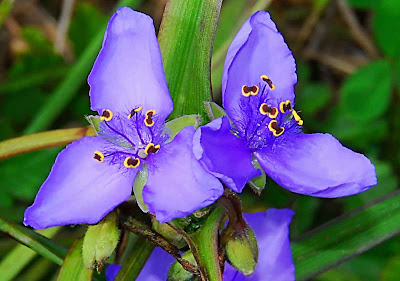

Many people watch birds, photograph butterflies, and chase dragonflies. Try observing spiders for a change of pace. They are interesting creatures with more legs than insects (an extra two) and less body parts than insects. Insects have 3 body parts (head, thorax and abdomen). Spiders have two, the cephalothorax, where the head and thorax are joined, and an abdomen. The cephalothorax bears the eyes (numerous), mouthparts and 4 pair of legs. The abdomen contains the spinnerets for making strands of silk and the respiratory, digestive and reproductive organs.
One interesting and very common group of spiders is the Wolf Spiders. They are in the Family Lycosidae, named for the Greek work “lycosa” meaning wolf. Most wolf spiders live on the ground and are usually found hiding during the day. They don’t spin webs except for one genus. They hide in leaf litter where they are well camouflaged or hide in holes (some borrowed and others dug). Wolf spiders are usually patterned in browns, tans and blacks. There are over 200 species of wolf spiders in North America. This family is usually easy to recognize but individual genera may be difficult.
They have 8 dark eyes of unequal size arranged in 3 rows. The first row has four eyes and the middle pair of eyes is the largest. They have very good vision and may actively pursue prey.
See the handsome devil below.
One of the most common families of spiders is the Orbweaver (family Araneidae). Almost all of this family spins orbs (more commonly known as spider-webs) to catch prey. Some stay on the web and some hide in a little nearby retreat. Notice that those that do stay on the web usually hang upside down in the center. Unlike the wolf spider, the orbweaver has poor vision and locates its prey by vibration.
Some the genera have exaggerated form combined with beautiful colors. Remember, beauty is in the eye of the beholder.
So, suck it up and get out there and start enjoying spiders.
